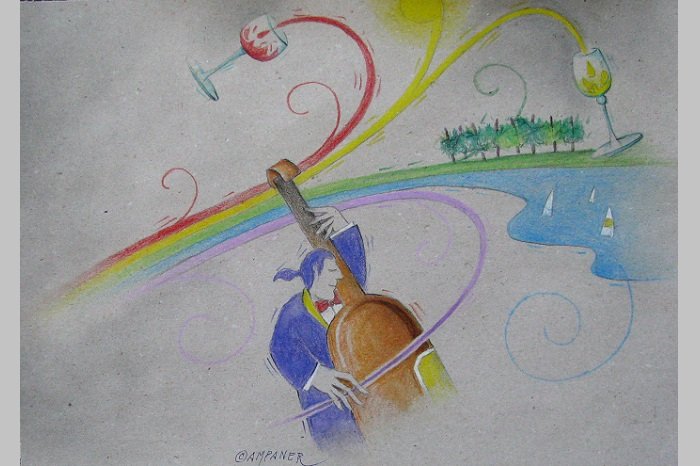The constant appeal to ill-defined “traditions” suggests as much a need to lean on something reassuring, though perhaps untruthful, rather than venture into the unknown terrain of innovation.
Eric J. Hobsbawn, a very famous British historian, wrote an enlightening book titled The Invention of Tradition. I quote a sentence of his introducing it: “The “invented traditions” are the set of practices designed to inculcate certain values and repetitive norms of behavior in which continuity with the past is implied. Every society has accumulated a stockpile of seemingly ancient materials: to cement national ties, to connote the physiognomy of parties and social classes. This sort of social and cultural engineering has characterized the rise of modern nations, which have sought to legitimize their more recent history by seeking roots in the more distant past“.
What does this have to do with wines and foods?
It seems obvious to me. If you read thousands of social posts on these topics you will easily see that so many appropriate supposed “traditions” without understanding that for the most part they are forcings. For that matter, there may even be a psychological interpretation of this. What we consider “traditional” has to do with the past, which we more or less know (or think we know), and therefore does not cause us anxiety and represents something reassuring. What is instead “creative,” “innovative,” projects us into a uncertain and anxious future, questions calming aspects and even something that for some would be the basis of our belonging to an area, a community, a “tradition,” precisely.
Unfortunately, much of this has fragile foundations. The wines that we drink today, even if they were very traditional, were born starting in the second half of the 18th century and in Bordeaux mostly. In Italy, “traditional” wines, bottled and sold at least outside the production area, are talked about concretely much later. We have a peasant “tradition.” agricultural, and before the end of World War II those who bottled and distributed their wines represented a very small percentage of production. DOCs, which are from 1963 as a law, but before the early 1970s were rare and little known, were probably the ridge between the past and the world we know today.
Talis pater — both wines and recipes
Same story for recipes to which is attributed a “tradition” that is at best a century or so old. Raffaele Esposito invented the Pizza Margherita in 1889, the Carbonara is the result of a modification of a possibly Abruzzese recipe that took place in Rome in 1944, and the Amatriciana with tomato has a similar history. The first recipe for a “yellow pan rice,” forerunner of the Risotto alla Milanese is from 1809.
“Traditions?” Take your pick. Perhaps more intermingling of different cultures. “Fusion” ante litteram. With ingredients and recipes that came from other areas and other cultures that later gave rise to “traditional” recipes.
For wines it is the same
The Barolo as we know it today, was born after the mid-19th century, the Brunello shortly thereafter, the Amarone even after 1950. The wines were bulk and local, the recipes mostly familiar, with a thousand facets and a thousand interpretations. However, there are those who are sure that Carbonara is only with guanciale because it is “tradition.” Which one is not well known, however, makes those who say so feel better. That’s okay.
- The vignette used for the opening is by Angelo Campaner, “Between Dream and Reality,” from the Spirito di Vino (eno)satire contest, 2018 edition, Over 35 category, organized by the Movimento Turismo del Vino Friuli Venezia Giulia.





